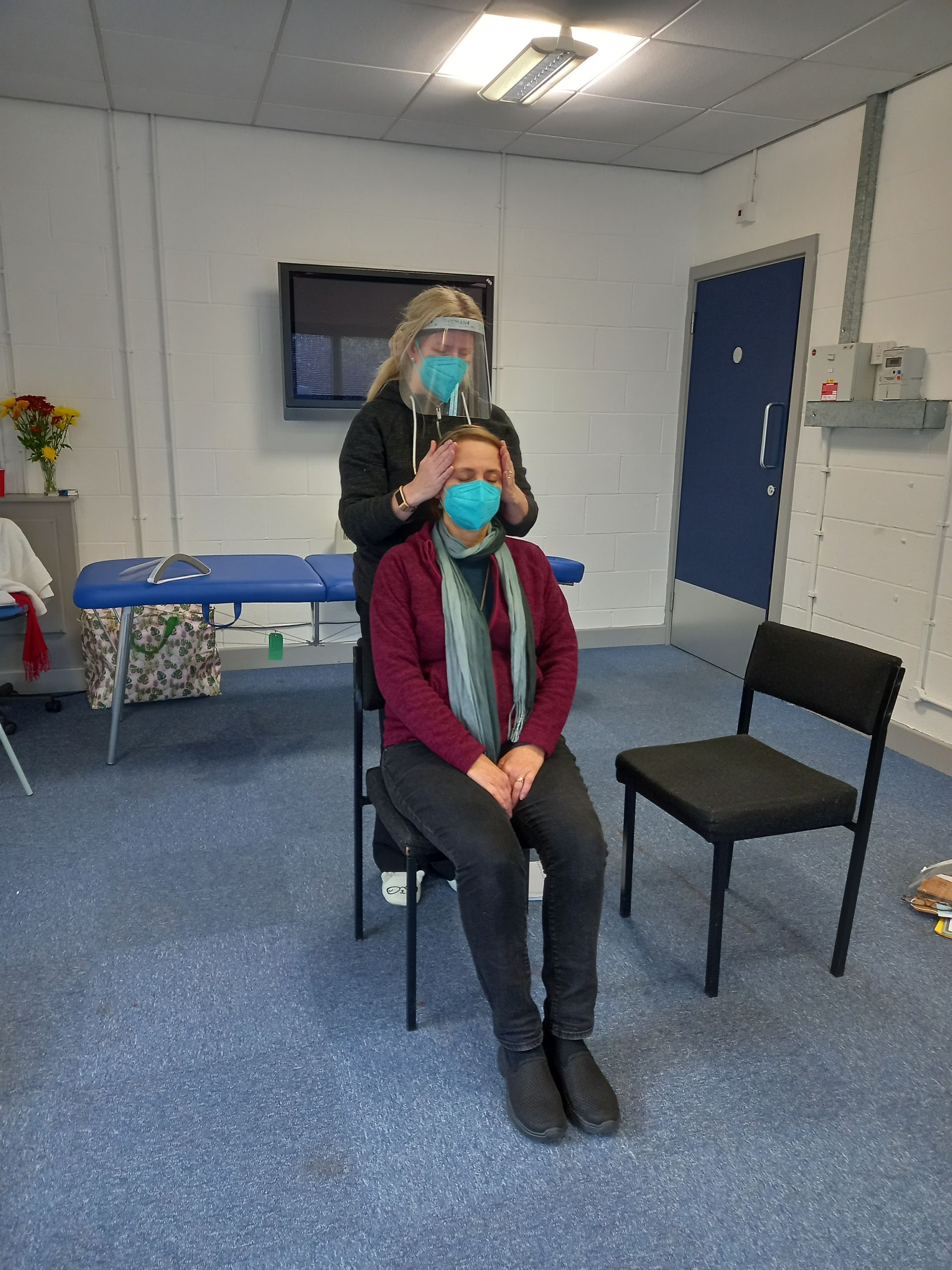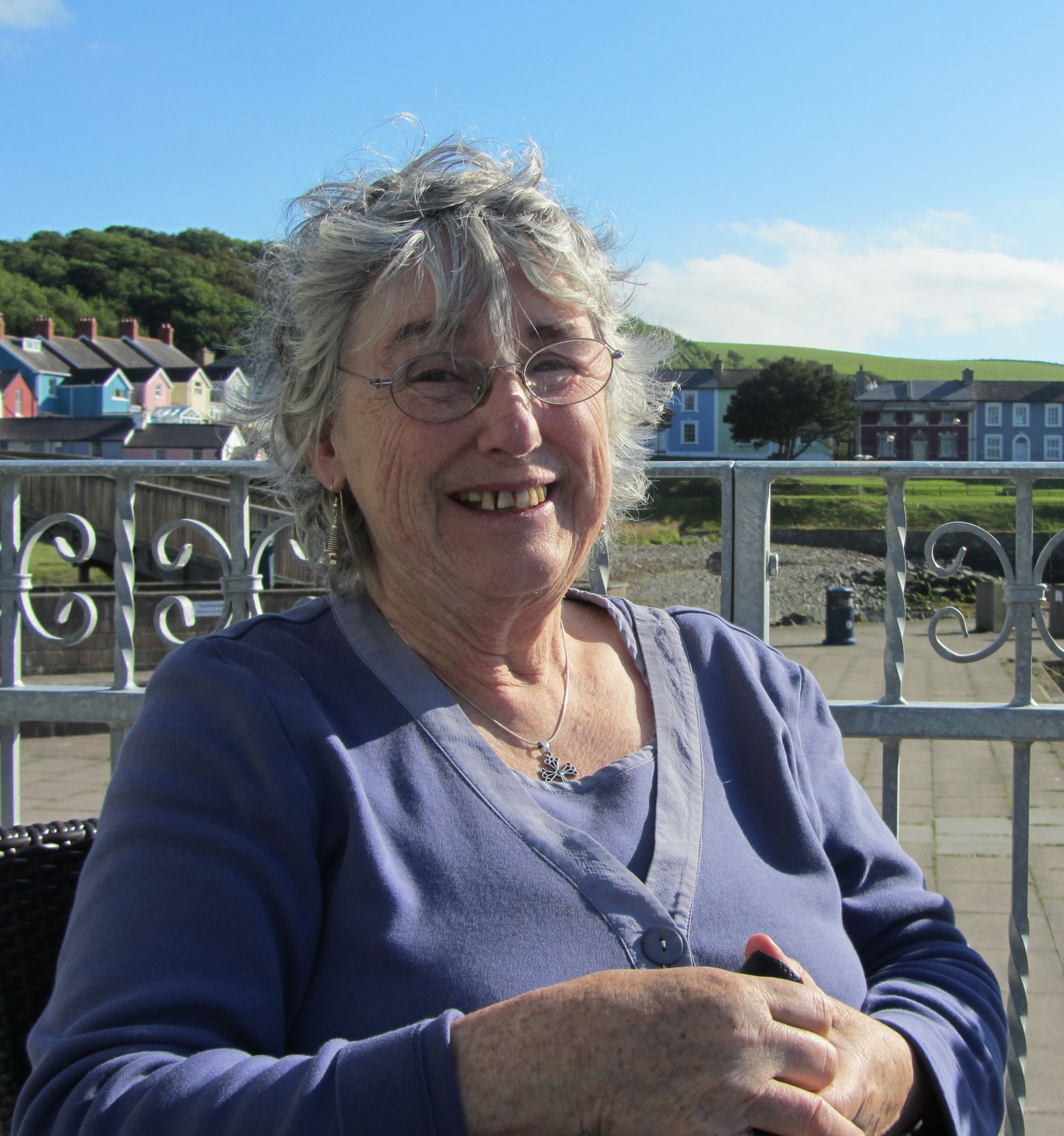Meet the new chair of Reiki Council!
Following my election as the new chair of Reiki Council I'm sharing my story of involvement with the process of setting standards for practitioners

At the end of October I was elected as the new chair of Reiki Council, an organisation I’ve been involved in since it began. Here’s a bit of history about how I ended up in this role!
When I learned Reiki there were only a few different Reiki styles. In the years that followed, particularly in the early 1990s, there was rapid growth of people teaching Reiki and inevitably this led to many differences in ways of teaching and practising Reiki.
In 1991, the year I became a Reiki master, I joined the newly formed Reiki Association (TRA). One of the things TRA wanted to do was to ensure that, with all this change, people could find reputable Reiki practitioners. It was decided to have a list of practitioners that the organisation could refer people to (the Referral List) when we received enquiries – and following a press article there were a lot people looking for practitioners! I became administrator of TRA in 1992, so was involved in the discussions around this.
TRA’s Council had deep discussions about the qualities a practitioner needed to have to be included on the Referral List. Phyllis Furumoto, Lineage Bearer of Usui Shiki Ryoho, guided us in these discussions. She also organised some conferences about public practice in 2001 - 3, at which a description of the characteristics of three potential levels of Reiki practice were developed.
In 2004 thanks to funding from the present King Charles various complementary therapies, including Reiki, were encouraged to get together to explore voluntary self-regulation. The Reiki Regulatory Working Group was established and I attended meetings on behalf of TRA.
Those early meetings were challenging. There was a high degree of suspicion and a feeling of ‘my system is better than yours’, so that agreement was often difficult to achieve. However, over time we came to realise that we had the same goal at heart: to see Reiki practitioners have a good reputation – whatever style they practiced, so that people had a positive experience of Reiki treatments. The discussions from the Public Practice Conferences and TRA Referral List came in useful as we explored what this meant.
In 2004 it was also agreed to establish National Occupational Standards (NOS) for Reiki and again I represented TRA in the discussions.
RRWG agreed to create a core curriculum based on the NOS, to set out how to deliver this learning. I found myself leading the team for this, although at the time I knew very little about conventional teaching forms and methods – being a Reiki master is (in Usui Shiki Ryoho) very different from Western teaching, being based on oral tradition and sharing of experience. Anyway, the core curriculum was created and became the basis for the Complementary and Natural Healthcare (CNHC) core curriculum.
In 2008 RRWG was deemed to have completed its work and became Reiki Council. By this time the group had established a way of reconciling differences and continues the work to establish and maintain standards for Reiki practitioners that is inclusive of the diverse Reiki systems represented.
When CNHC was established, I was selected to be on their Profession Specific Board (PSB) for Reiki – a post I still hold.
I still have a passion for ensuring people have a good experience when receiving Reiki treatment and encouraging Reiki practitioners to learn and develop, so I am honoured to have been elected to lead Reiki Council.








